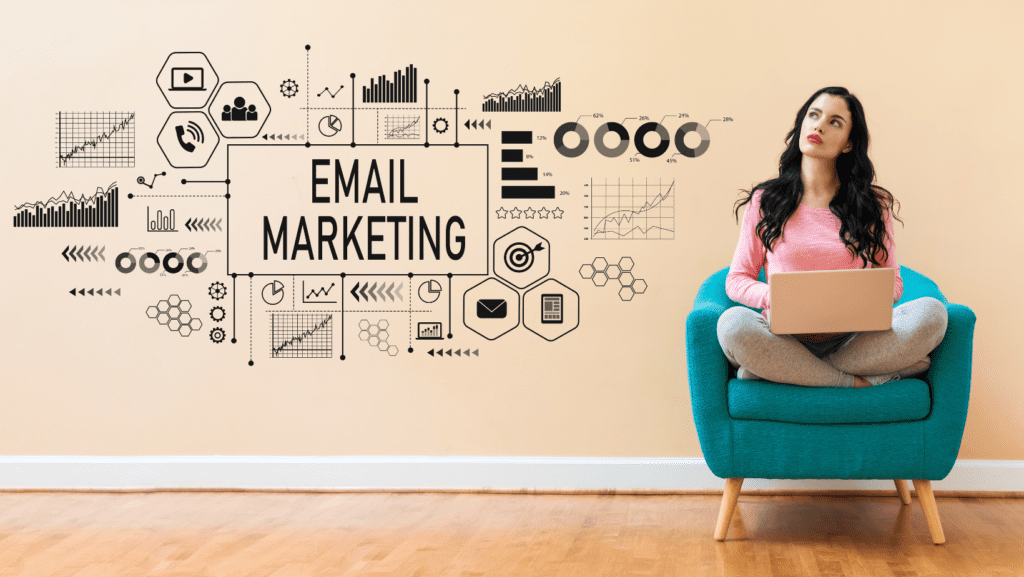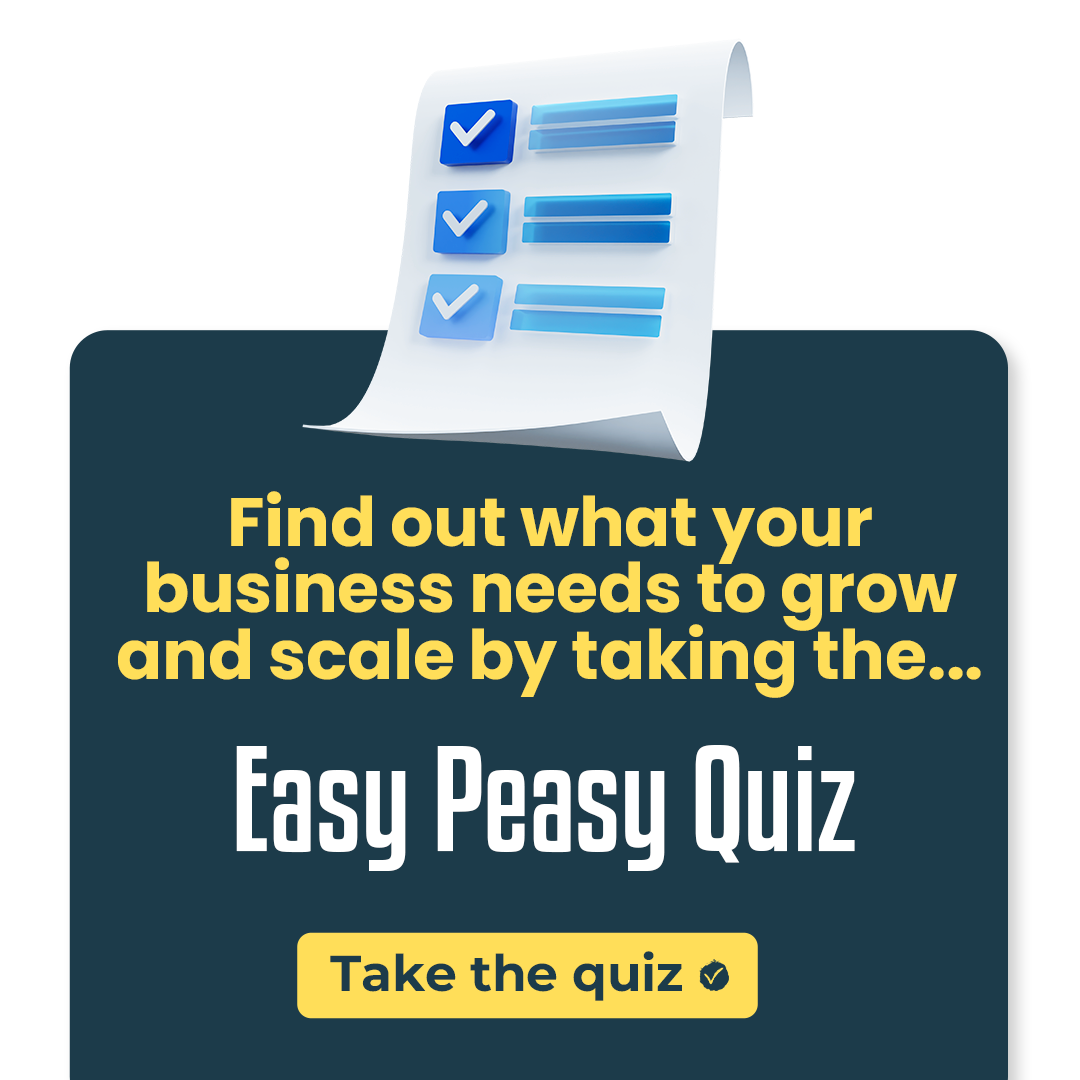If you want to save more valuable time while doing email marketing for your leads and clients, email marketing automation is the perfect solution for you!
But first, let’s break down the things you need to know about email marketing automation.
In this blog, you will know how to optimize your Email marketing automation using our key questions.
#1 What is Email marketing automation?
Email marketing automation is like having a helpful sidekick that sends emails or a series of emails when someone takes a particular action.
Examples of actions could include subscribing to an email list, completing a purchase, or clicking on a link.
Just imagine having your own personal email buddy that knows exactly what to do to keep your communication on point and your customers engaged.

#2 Can I automate all types of Email Marketing?
Yes, You have the flexibility to automate various types of email marketing to different extents.
The level of automation depends on your email marketing platform’s capabilities and the strategies you employ.
We’ve got a bunch of the most common types of email marketing to choose from that can take your campaigns to the next level.
- Welcome Email Sequence– Automatically triggered upon someone joining your email list or enrolling for your services, these emails offer a friendly introduction to your brand. They extend a warm thank-you to new subscribers while equipping them with vital information to get started.
- Nurture Email Sequence – These automated campaigns educate, raise awareness, and build relationships to convert leads into customers. By delivering targeted content, businesses guide prospects along the customer journey, fostering trust and credibility.
- Abandoned Cart Email series – When someone puts items in their cart but doesn’t finish the purchase, abandoned cart emails can be triggered to remind them about the items left behind. They are like friendly reminders that bring those items back into the spotlight. These emails often include incentives to encourage customers to return and complete their purchases.
- Promotional Email Campaign– A promotional email is like a friendly shout-out to your email list, letting your customers and potential customers about the new fantastic products or services you have to offer. It’s all about sharing special deals, limited-time offers, and exclusive content.
- Post-Purchase Email Sequence– After the customer made a purchase, a post-purchase email can be sent. Its purpose is to keep customers engaged, provide a positive experience after their purchase, and encourage them to interact more with your brand. Right! This is the “Thank you!” email that you usually received after completing your online purchase!
- Win-back Email campaigns- are specifically designed to reconnect with subscribers who have gone inactive or haven’t engaged with your emails for a while. These campaigns act as a gentle nudge, reminding them of your brand’s presence and reigniting their interest.
Absolutely!
You can choose which email sequence you would like to prioritize for your business.
After all, the effectiveness of the email sequence will depend on the marketing strategy of your business.
#3 Is it important to use email marketing automation?
Imagine trying to achieve your marketing goal by burning the candle at both ends.
You work tirelessly, personalizing your email campaign and sending them to the appropriate clients or leads.
You’re a true workaholic, capable of pulling it off!
But, what about the other vital aspects of your business that require your supervision?
And what about your valuable personal time or cherished moments with your family?
While it may be a cliché, the saying “work smart, not hard” remains relevant and valuable.
You probably already know the advantages of email automation.
So, here’s the list of disadvantages of not using email marketing automation.
- Sending email campaigns is time-consuming.
- Missing crucial chances to connect with customers or potential clients.
- Inconsistency and more error.
- Lack of email campaign personalization and appropriate targeting.
- Difficulty in tracking and analytics
- Reduce efficiency and productivity.

#4 What is the perfect tool for email marketing automation?
With a wide range of email marketing automation solutions available, it is vital for you to consider these guiding questions when choosing the perfect software for your business.
- Does the software have the necessary features to meet my specific email marketing needs?
- Is the software capable of handling my current subscriber base and the volume of emails I send per month?
- Is the software’s user interface intuitive and easy to navigate?
- What is the software’s reputation for email deliverability? Are there measures in place to prevent emails from being marked as spam?
- Does the software integrate well with my existing CRM system, e-commerce platform, or other relevant tools?
- How is the software provider’s customer support?
- Does the software’s pricing structure fit within my budget?
Take advantage of the questions provided and take a comprehensive look at the various online software options.
The main objective is to identify the tool that offers a combination of speed and simplicity, making tasks easier and more efficient for you.
If you’re still struggling to select the appropriate software, consider taking a look at Easy Peasy Funnels.
But before visiting the website, here are some fantastic features it provides:
- User-friendly drag-and-drop email builder
- Automation workflows for efficient campaign management
- Dynamic personalization for personalized email content
- A/B testing to optimize email performance
- Detailed analytics and reporting for tracking campaign results
- Seamless integration with CRM systems
- Segmentation for targeted email campaigns
Now if you are ready to automate your email marketing, access Easy Peasy Funnels here.
#5 What is the ideal timing for sending automated emails?
Give your email the protection it deserves!
You’d prefer to ensure that your email escape from being swept away in the bulk deletion.
The goal isn’t simply to send emails, but to guarantee they capture the attention of our target recipients.
Indeed! Email Marketing Campaigns are made easy because of automation.
But, it is important to know the appropriate timing in sending the email to make it more effective.
So, the upcoming information will take your email marketing campaign to the next level!
Thursdays are the perfect day to send your email, with the highest open rate. Tuesday comes in second place. Unfortunately, Saturdays were the lowest average open rates, struggling to grab attention.
Sending emails at 8 AM every Monday can significantly improve your email engagement rate.
As per the findings in the Email Marketing Benchmarks report, the most favorable timeframes for sending emails are from 4 AM to 5 AM.
Additionally, sending emails around 6 PM, which is outside typical office hours, is also considered advantageous.
You may be curious about whether these guidelines apply to all types of email campaigns.
Well, it’s crucial to bear in mind that each type of email campaign serves a distinct purpose.
For the Welcome Email Sequence, it is recommended to send the first email immediately after your clients subscribe to your services.
Absolutely! It’s truly true to its name!
#6 How often should you send automated emails?
You don’t want to overload your subscriber’s inbox!
This has the potential to result in losing their interest rather than attracting them.
To prevent your email campaign from being perceived as spammy or bothersome, it’s important to determine the optimal frequency for sending emails.
The ideal frequency for sending emails is typically around five times a week or 10 to 19 emails per month.
However, as mentioned above…
“each type of email campaign serves a unique purpose.“
Therefore, the frequency of your email marketing efforts should be tailored to the type of email sequence or market niche you are targeting.
For example, medium-sized e-commerce businesses may find that sending 2 to 4 emails per week strikes the right balance for their specific audience and objectives.

Most newsletters are designed with the purpose of retaining subscribers by providing updates and informing the target market about the latest promotions and new products.
The data from GetResponse shows that 1 newsletter email per week has the highest open rate.
How about the nurture email sequence?
What do you think about implementing the nurture email sequence?
Here, the primary factor behind the activation of your nurture email sequence trigger is the signup of your leads through the form on your website, indicating their interest in your services.
Therefore, it is reasonable to conclude that sending either one email per day or 3 to 5 emails per week would be beneficial.
Most importantly, this will provide you with an excellent opportunity to offer your potential clients a complimentary experience of your services, allowing them to understand what they can anticipate upon making a purchase of your products or services.


